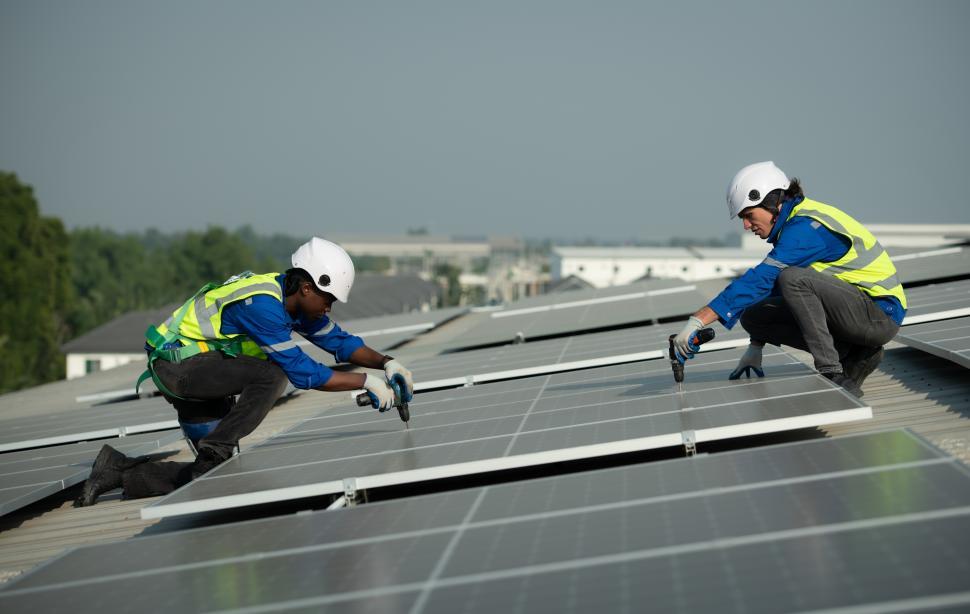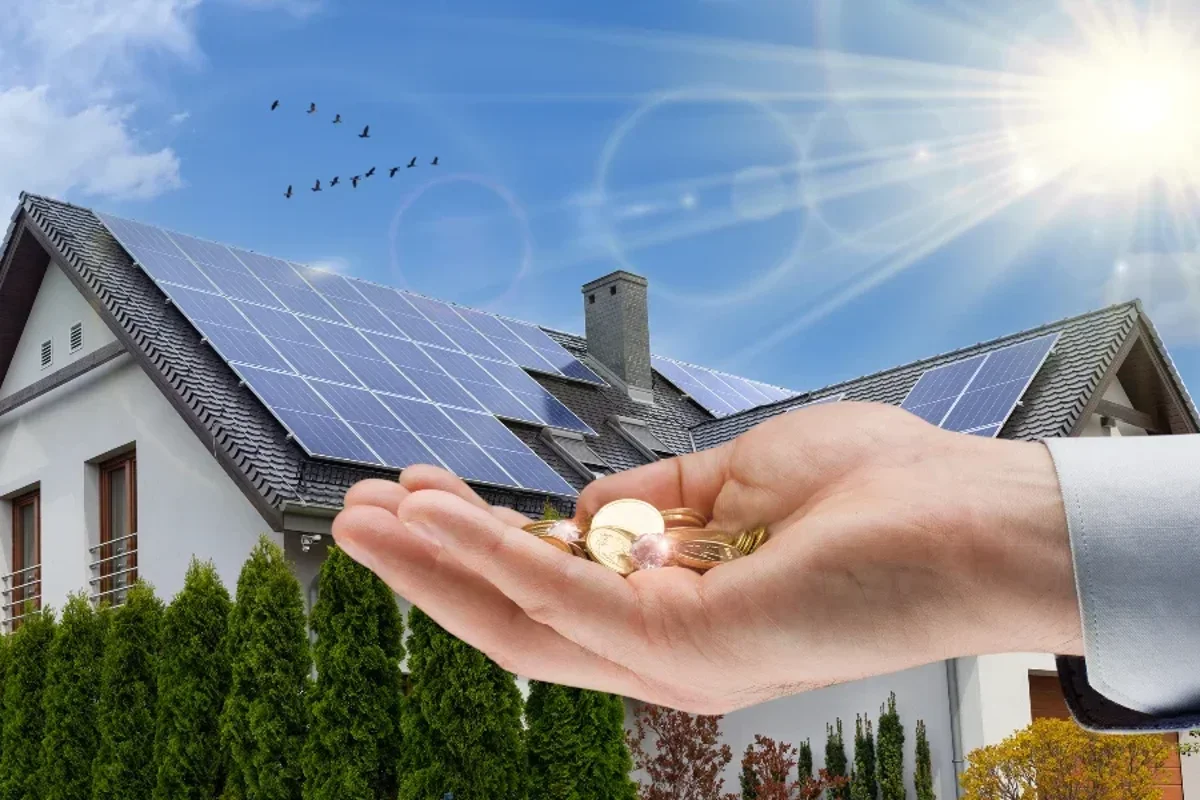Introduction
Investing in a solar photovoltaic (PV) system offers more than environmental benefits; it provides substantial financial advantages. From reducing electricity bills to qualifying for government incentives, solar energy can offer a significant return on investment (ROI) over time.
This guide examines all aspects of the financial benefits of solar PV systems, including savings, incentives, cost analysis, payback periods, and long-term value for homeowners and businesses.
Reducing Electricity Bills
The most immediate financial benefit of solar PV systems is the reduction in monthly electricity costs.
Understanding Energy Savings
- Solar panels generate electricity that can offset household or business consumption.
- Net metering allows excess energy to be fed back into the grid, potentially earning credits.
- Monitoring energy production ensures optimal usage and maximizes savings.
Calculating Savings
Energy savings depend on system size, location, sunlight exposure, and energy consumption patterns. Homeowners can calculate potential savings using:
- Average monthly kWh usage
- Expected solar generation per month
- Electricity tariff rates
Government Incentives and Rebates
South African residents may qualify for incentives, rebates, and tax benefits that reduce the initial investment cost of solar systems.
- Rebates: Some municipalities offer rebates on solar panel installations to encourage renewable energy adoption.
- Feed-in Tariffs: Grid-tied systems may earn credits for excess electricity exported to the grid.
- Tax Incentives: Potential deductions for renewable energy equipment and depreciation benefits for businesses.
Increasing Property Value
Homes with solar PV systems are increasingly attractive to buyers:
- Reduced ongoing utility costs enhance the perceived value of the property.
- Modern energy-efficient homes may sell faster and at higher prices.
- Solar certifications and performance records add credibility to the property’s green credentials.
Return on Investment (ROI)
Understanding the payback period and ROI is essential before investing in solar.
Payback Period
The payback period is the time required for savings to cover the initial installation cost. Factors influencing the payback period include:
- System size and cost
- Electricity rates and inflation
- Solar panel efficiency and degradation
- Government incentives and rebates
Long-Term ROI
Over a system’s 25-year lifespan, solar PV systems can deliver substantial net savings. Well-maintained systems often generate electricity at a fraction of grid costs, resulting in compounded savings and higher long-term ROI.
Financial Planning and System Sizing
To maximize financial benefits, it is crucial to size the solar system appropriately:
- Assess energy consumption trends.
- Determine peak load and average usage.
- Choose a system size that offsets a significant portion of electricity consumption without unnecessary oversizing.
Financing Options
Several financing methods make solar installation more accessible:
- Cash Purchase: Full upfront payment, higher immediate savings, and faster ROI.
- Solar Loans: Monthly repayments spread over several years; savings often exceed loan repayments.
- Leasing or Power Purchase Agreements (PPAs): Minimal upfront costs; system is owned by a third party while homeowners purchase electricity at a reduced rate.
Operational Savings Beyond Electricity
In addition to direct electricity savings, solar PV systems can reduce operational costs:
- Lower demand charges for businesses with high peak usage.
- Reduced vulnerability to electricity price hikes and load-shedding.
- Potential insurance discounts for energy-efficient properties.
Environmental and Social Benefits with Financial Impact
While not purely financial, environmental benefits can translate into indirect cost savings:
- Reduced carbon footprint may attract incentives or funding programs.
- Enhanced corporate sustainability reputation can increase customer trust and revenue.
- Community solar programs can provide additional incentives or tax benefits.
Monitoring and Performance Optimization
Regular monitoring ensures maximum financial returns:
- Identify underperforming panels or shading issues.
- Track production versus consumption to optimize energy use.
- Prevent costly downtime or equipment failure.
Case Studies: Financial Returns in South Africa
Many residential and commercial installations demonstrate significant financial returns:
- Average residential system (5kW) can save R1,500–R3,000 per month depending on electricity consumption.
- Commercial systems may reduce electricity costs by 40–70%.
- Payback periods typically range from 4 to 8 years, depending on incentives and usage patterns.
Conclusion
Investing in solar PV systems offers considerable financial benefits, including reduced electricity bills, government incentives, increased property value, and long-term ROI. By carefully planning, sizing the system correctly, and maintaining performance, homeowners and businesses can enjoy decades of reliable, cost-effective renewable energy.


